Crayfish are one of the seafood, loved by many of us. Crayfish belong to the family Crustacea, which is a subtype of invertebrate three-layered animals of the arthropod type. About 400 species of crayfish are known - saltwater, ocean and freshwater. Especially popular are crabs (Cancer spp. Canceridae), which are small crustaceans hiding in water crevices, under rocks and in large clams. They have sharp claws, which they literally tear apart their prey with and on top of that, they are capable of regenerating some of their lost limbs.
Composition of crayfish
100 g of crayfish contain on average: 79% water, 86 kcal, 17.4 g of proteins, 1 g of fat, 0.759 carbohydrates.
Crayfish are seafood extremely rich in vitamins B3, B9 and especially vitamin B12. They are among the best sources of B12. Just 100 g of crab has up to 9 micrograms of vitamin B12 or 4.5 times more than the daily recommended dose. In addition, crayfish and crabs are an excellent source of minerals - magnesium, phosphorus and zinc. Crayfish meat is rich in iodine and taurine.
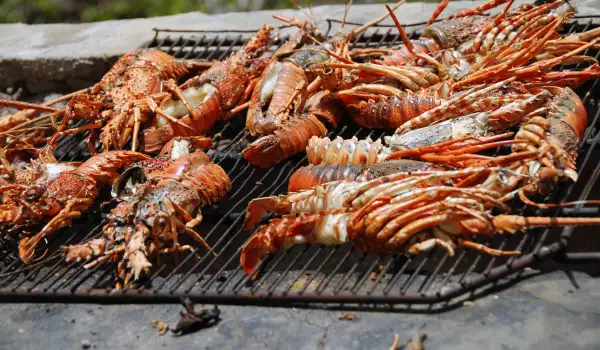
Types of crayfish
Among the most popular culinary types of crayfish are:
European crayfish (Astacus astacus)
A freshwater crayfish species of the Astacidae family. It inhabits the waters of 28 countries and outside the Old Continent it is found only in Morocco. In the Scandinavian countries, it inhabits various reservoirs, unpolluted, sandy and stony rivers and lakes. It is a particularly valuable product in the culinary arts.
Narrow-clawed crayfish (Astacus leptodactylus)
This specimen reaches 15-20 cm in length. The color of the body of this type of crayfish varies depending on the environment - from green to gray, from dark brown to almost black and sometimes blue colors are also found. Narrow-clawed crayfish inhabit a variety of habitats - shallow/deep lakes, rivers and streams, up to a maximum depth of 100 m. It is resistant even to sometimes low levels of oxygen saturation. The narrow-clawed crayfish is of important economic importance, being artificially bred.
Common shore crab (Carcinus meanus)
This is the most common species. It is characterized as a relentless stalker and a strange way of moving. It is not of great commercial value, because it is quite small and is used for bait by fishermen;
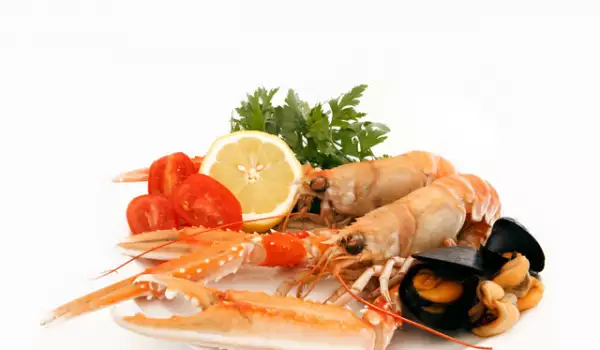
Brown crab (Cancer pagurus)
They have a smooth brown shell and live in sandy and rocky shores. They can go down to a depth of 100 m underwater. It is important for foodies that it has a characteristic strong taste and aroma;
Velvet crab (Portunus puber)
It is brown-red in color and has a hairy coating. It reaches up to 15 cm in diameter of the shell. It is characterized by a delicate taste, which suggests its high market price;
Spider crab or spiny crab (Maja squinado)
It is found on sandy seabeds at a depth of up to 60 m. Its shell is triangular angular and the color of the outer shell varies from pink to red brown. It has extremely tasty meat, which is more sought after and valuable in female specimens;
Snow crab (Chionoecetes opilio)

It has an almost round body and its legs are long and flat. Male specimens are mostly caught, because they are significantly larger and reach up to 12 cm in shell width and up to 1350 g in weight. It inhabits cold waters, at a depth of 25 to 750 m. It was once shunned by North American fishermen, but today it is a delicacy, both in Europe and throughout Asia.
Dungeness crab (Cancer megister)
This representative lives in cold waters and belongs to the same family of rock crabs as the brown crab. It reaches a weight of up to 1.8 kg and is widely sold in the stores - frozen or canned.
Atlantic blue crab (Callinectes sapidus)
This is very popular in the USA, but it is not as well known and appreciated in Europe. Interestingly, in North America it makes up 1/2 of the total crayfish catch. Its meat is characterized by a characteristic sweet taste.
Selection and storage of crayfish
If you have the relatively rare opportunity to buy a live crayfish, then this is the best sign of quality. A live crayfish means it's still moving and you'll have to carefully transport it home, where you literally have to kill it before you cook it.
Quite often, people don't have the strength to kill the crayfish, so they put them alive to be boiled, which is not humane. Like clams and other seafood, crabs spoil very quickly and become toxic. When buying crayfish, pay attention to whether their tails are curled. If they are - this is a sign that they are healthy and good specimens. The bigger crabs you choose, the higher percentage of meat you will get from them. That is why there is almost nothing to eat in those under 10 cm.
Crayfish are mainly available in frozen or canned form. When choosing frozen crayfish, buy those that are least covered in frost. After cooking the crayfish meat, you can store it for 1-2 days in the refrigerator or freeze it for a long time in the freezer. Cooked crayfish meat can be kept for 1-2 days in a refrigerator and up to a month in freezer.
Culinary use of crayfish
Only 1/4 of the weight of crayfish and crabs is edible. Edible are the muscles under the claw armor, the muscles on the limbs, the crab's liver and the white, creamy substance that is found under the upper armor of the crab.
The crayfish are usually boiled for about 15 minutes until they change color and become deep red. You can prepare the crab meat in all possible ways - with vegetables, with rice, with wine sauce, add them to fish salads, fish appetizers and sandwiches.
Crab passes for one of the refined foods. It is excellent marinated and combined in vegetable dishes. In addition, many products based on crab meat are available in stores. Crab sticks should be the same, although in most of them there is practically no real crab meat, only flavors.
As a rule, crab rolls and sticks are a fish delicacy that is prepared from ground crab meat and sometimes ground fish, ground shrimps and other scraps of fish and crustacean products are added. In stores, you can find ready-made marinated or sterilized crab meat and of course, frozen meat or whole frozen crabs.
Recipe for Crayfish and Mushroom Pasta
Necessary products: pasta - 1 package of choice, crayfish - 400 g crayfish meat, cream - 100 ml, garlic - 2 cloves, leek - 50 g, lemon juice - 2 tbsp, mushrooms - 100 g, basil - 25 g, salt, black pepper - freshly ground by taste.
Method of preparation: Boil the pasta according to package directions and strain it. The boiled or defrosted crayfish meat is fried in a little olive oil for 2-3 minutes and chopped leeks, garlic and lemon juice are added. Stew for 2-3 minutes and pour the cream. Add the finely chopped mushrooms and the spices. After the sauce has thickened, remove from the heat. Stir the boiled pasta into the sauce and return it back onto the heat for a few minutes, by stirring gently.
Benefits of Crayfish
Crayfish meat is very dietary and prevents the accumulation of various fatty deposits. It is processed relatively quickly by the digestive system. It is also beneficial, because of its high content of the amino acid taurine, which has a proven antioxidant effect. Taurine supports the functions of blood vessels and muscles. On the other hand, crab meat contains omega-3 and omega-6 fatty acids, which reduce the level of bad cholesterol. Iodine in meat helps with thyroid diseases, but it is also good for the brain.
Harms from crayfish
Crayfish are a contraindicated food for people with shellfish allergies. In such cases, they may have a hypersensitivity reaction to crayfish and crabs, as well as other seafood.
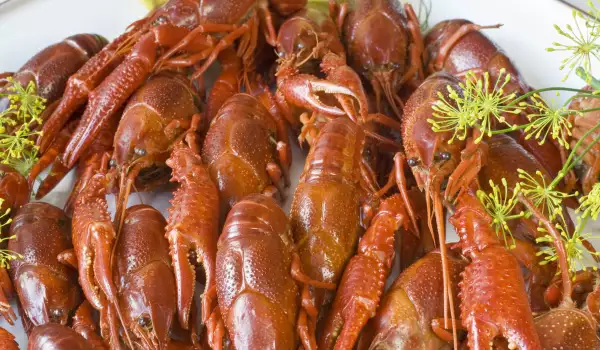
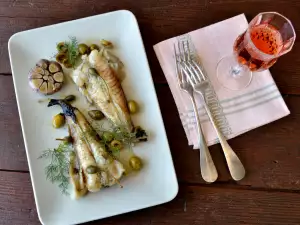

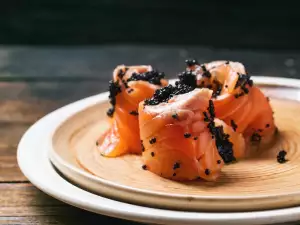
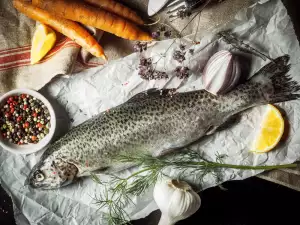
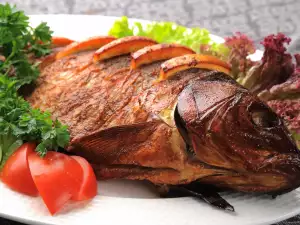


Comments